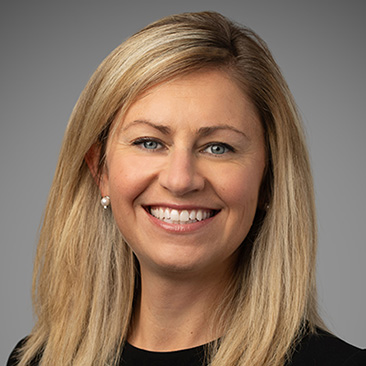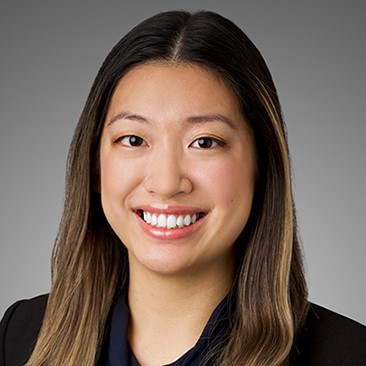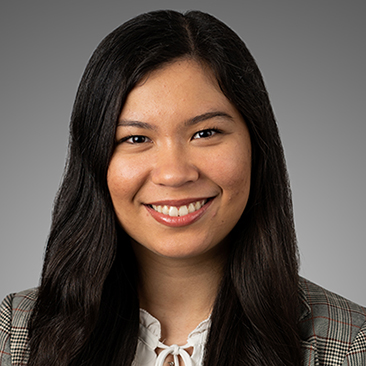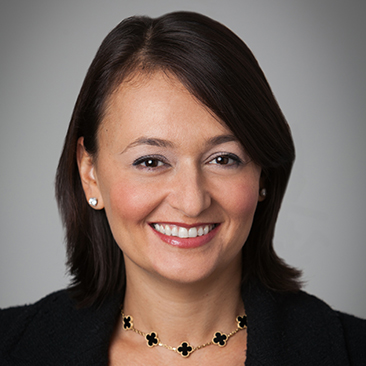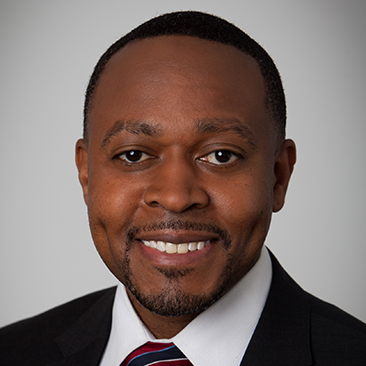Today’s auditor’s report largely cloaks from view the underlying key judgments that the outside auditor has made and communicated to the audit committee. Soon, however, the auditor’s report may be required to reveal “critical audit matters” to the investor community.
According to the December 31, 2016 Standard-Setting Update issued by the Office of the Chief Auditor of the Public Company Accounting Oversight Board, available here, during the first quarter of 2017, the PCAOB staff expects to propose for adoption by the Board a final standard on the auditor’s reporting model. The revised model would significantly expand the contents of the auditor’s report in keeping with international trends. The PCAOB first proposed changes to the auditor’s reporting model in August 2013. After extensive public comment, the PCAOB issued a reproposal on May 11, 2016, the comment period for which expired on August 15, 2016.
Critical Audit Matters
Impact on Auditors. Under the reproposed standard, an auditor would continue to opine on whether a company’s financial statements do, or do not, fairly present the company’s financial position and results of operations in accordance with GAAP (the traditional pass/fail model). However, the auditor’s report would also present information giving investors and other users of financial statements at least a glimpse behind the pass/fail veil. The report would disclose any “critical audit matter,” or CAM, arising from the audit – that is, any matter communicated, or required to be communicated, by the auditor to the audit committee that both (1) relates to accounts or disclosures “material to the financial statements” and (2) involved “especially challenging, subjective or complex auditor judgment.” The report would discuss the principal considerations that led the auditor to identify the CAM, describe how the CAM was addressed in the audit and refer to the relevant financial statement accounts or disclosures.
Impact on Audit Committees and Senior Management. If adopted, the reproposed standard would only apply to auditors; the PCAOB does not have authority to regulate the conduct of audit committees. However, as part of its oversight responsibilities, the audit committee may want to use its side of the “two-way dialogue” to question the auditor about the judgments it has made in identifying any CAMs and the disclosure it proposes to make about them in its report. In particular, the auditor’s disclosure of one or more CAMs may have disclosure implications beyond the auditor’s report that both the audit committee and senior management will need to address before the Form 10-K and financial statements are completed – for example, in various portions of the MD&A (such as critical accounting estimates disclosure or discussion of “known trends, events and uncertainties”), risk factors, financial statement footnotes and/or the evaluation of controls and procedures. In addition, the auditor’s disclosure of CAMs may impel the audit committee to provide to investors in its own report more detailed information about the substance of its communications with the auditor than current SEC rules require.
Auditor Tenure
Among other changes contemplated by the PCAOB’s May 2016 reproposal, the auditor’s report would be required to disclose the auditor’s tenure as the company’s independent auditor. The impact of tenure on auditor independence is an increasing focus of investor scrutiny and, if adopted, the new requirement may lead more companies to articulate the benefits and independence safeguards that the audit committee considered in deciding to reappoint a long-tenured auditor. When made, such “voluntary” disclosures often appear in sections of the annual meeting proxy statement relating to payment of audit and non-audit fees and/or management proposals for shareholder ratification of the outside auditor engaged by the audit committee.
Other Information
The Standard-Setting Update indicates that, at this time, the PCAOB will not be proposing any changes to requirements relating to the auditor’s responsibility for reviewing “other information” outside the financial statements, such as non-GAAP measures and operating measures. This topic has been added to PCAOB staff’s research agenda, in part because of the heightened SEC attention to such disclosures. Under current PCAOB standards, the auditor has a responsibility to “read and consider” other information in documents containing audited financial statements but not to perform procedures related to information contained in earnings releases, investor presentations, analysts calls or the corporate website.
Outlook
It remains to be seen whether the PCAOB staff will make any changes to the reproposed standard in light of its evaluation of the comments received and other outreach initiatives. Even assuming the staff’s final recommendations for adoption are approved by the PCAOB substantially as reproposed last year, the new standard would be subject to final approval by a reconstituted SEC with a new Chair at the helm.




